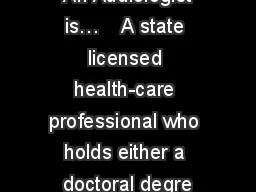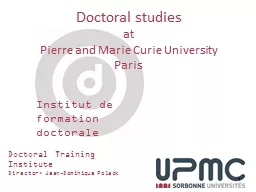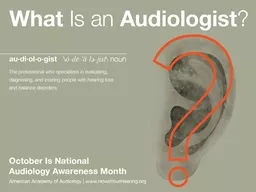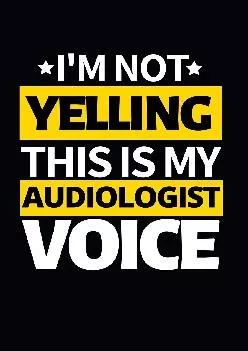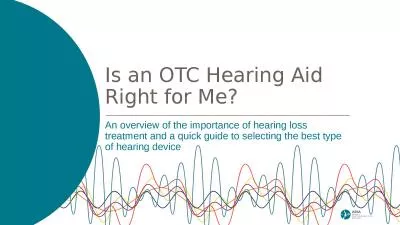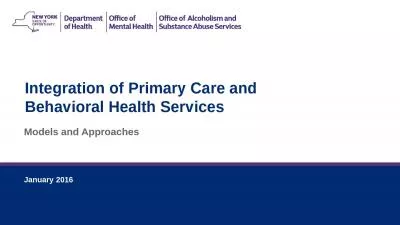PPT-An Audiologist is… A state licensed health-care professional who holds either a
Author : danika-pritchard | Published Date : 2020-04-02
Audiologists perform any of the following functions prescribe and fit hearing aids assist in cochlear implant programs perform ear or hearingrelated surgical monitoring
Presentation Embed Code
Download Presentation
Download Presentation The PPT/PDF document " An Audiologist is… A state license..." is the property of its rightful owner. Permission is granted to download and print the materials on this website for personal, non-commercial use only, and to display it on your personal computer provided you do not modify the materials and that you retain all copyright notices contained in the materials. By downloading content from our website, you accept the terms of this agreement.
An Audiologist is… A state licensed health-care professional who holds either a: Transcript
Download Rules Of Document
" An Audiologist is… A state licensed health-care professional who holds either a"The content belongs to its owner. You may download and print it for personal use, without modification, and keep all copyright notices. By downloading, you agree to these terms.
Related Documents

